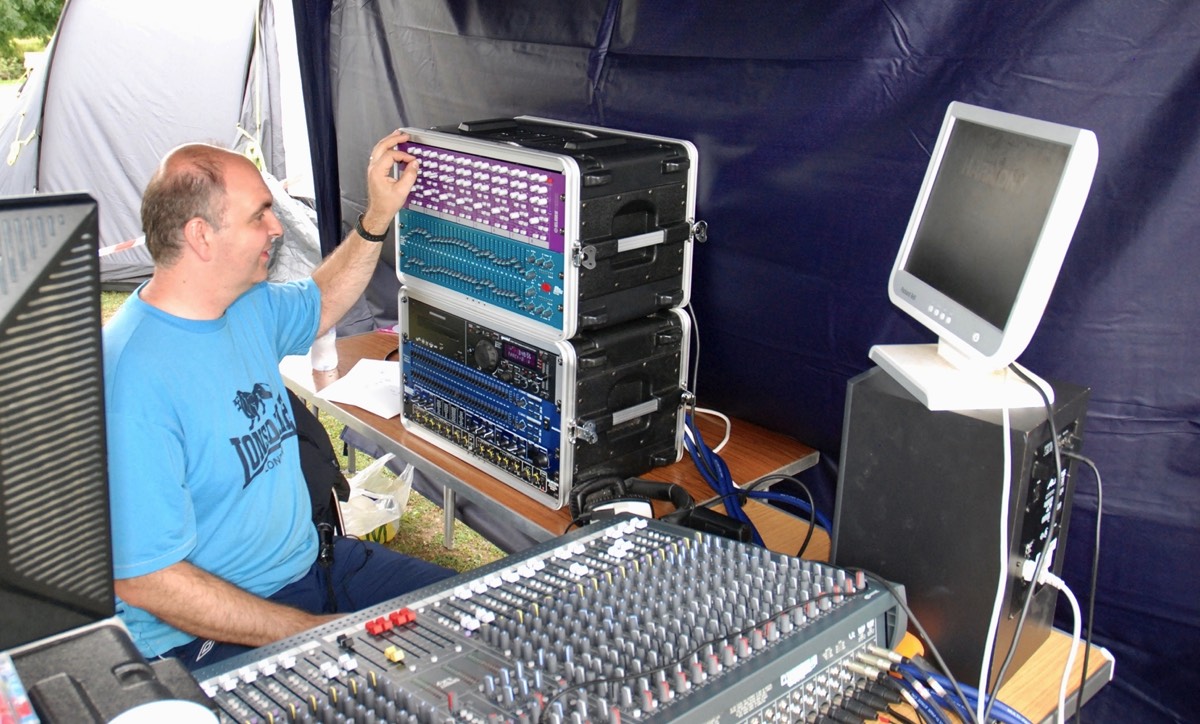The introduction
Having been involved mainly in theatre sound as a hobby for many years I was keen to develop my sound engineering skill and expand my capability to cover a wider field.
Introduced to Base Sound through a previous student, I made a phone call and was met with a friendly approachable reception to my request for a one to one session. A booking was made and I then had some time to consider exactly what I wanted to do with the day.
Preparation
A week or so before the training I spent 20 minutes on the phone to cover the topics and plan the day with the instructor. This gave us both the opportunity to work out the best way to use the time and for the tutor to arrange the best equipment setup. Accommodation booked and the outline of the day in place I was already looking forward to the event.
The training day
Wasting no time on arrival, cup of tea in hand, I headed up to the training room and set to work. Our first topic was comparing microphones for ambient stage use. There were quite an array of mikes to try including one of my own that I had bought along. Having done some tests on sensitivity and practiced setting a correct gain structure through the desk in the process, we settled on 3 models and did some further work to determine the most effective mike for the job for quality and ability to reinforce the sound most effectively.
The next stage was to develop the work on microphones into control of feedback in order to get the greatest output from both front of house and monitors. Working with a setup designed to make the job hard for the sound engineer I was shown the principle of using both desk EQ and external graphic EQ to remove the troublesome feedback. With a little practice I was able to achieve a very significant increase in volume.
Following a welcome pub lunch we set about the second part of my day which was looking at the setup and use of outboard dynamic processors. Starting with a discussion and some theory around the white board we moved on to using the compressor to control excessive variation in the output from an electro acoustic guitar, eventually involving a frequency dependent element. The final task was to mike up a drum kit and put all that I had learned into practice. Applying compression, gating, good gain structure and one or two other tricks I was able to achieve a nice tight punchy drum sound through the PA.
Throughout the day I had full hands on use of good quality equipment and constant opportunity to ask questions and steer the training towards the things I wanted to know. I left the training venue with a real sense of achievement feeling that I had not only learned some skills but also the approach in which to apply them. I continue to be in contact with Base Sound who are supporting me with supply and advice on equipment for building my own PA system.
All in all it has been one of the most worthwhile things I have done in a long time and I feel sure that I will reap the benefits throughout my sound engineering journey, be that at my current amateur level or if I take it further into a career. I would have no hesitation to go back to Base Sound for more training as the need takes me.



